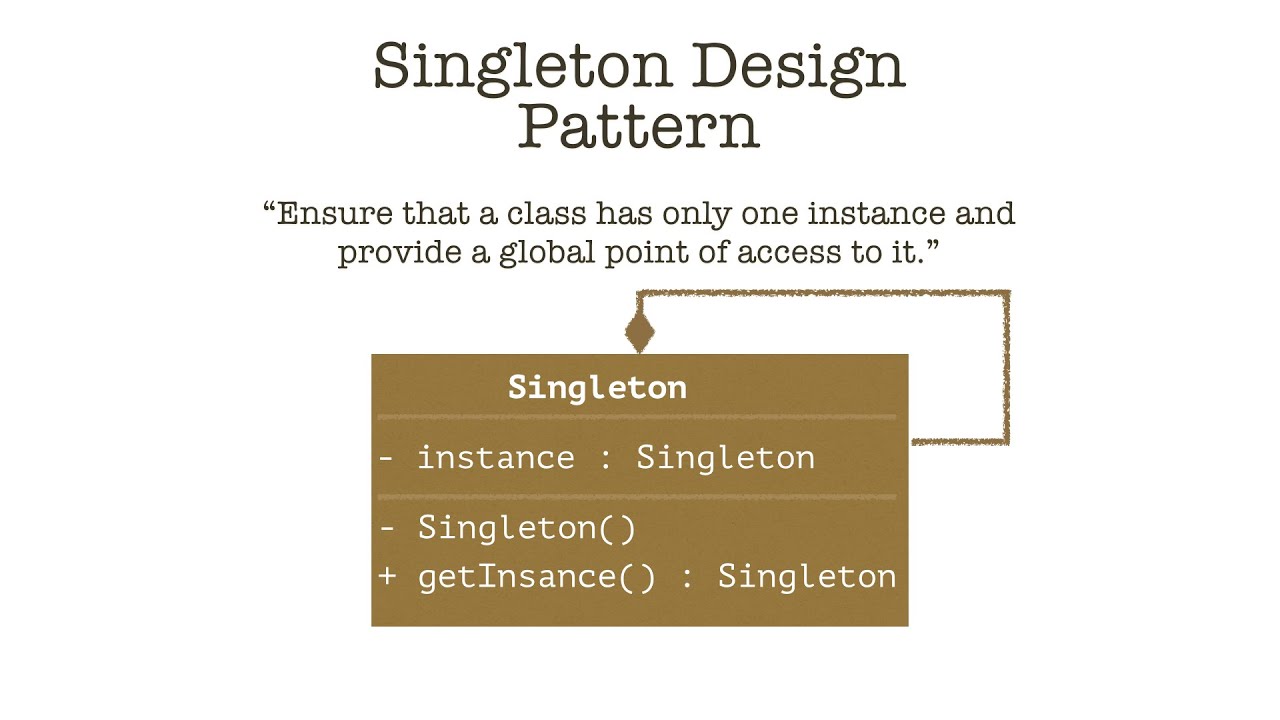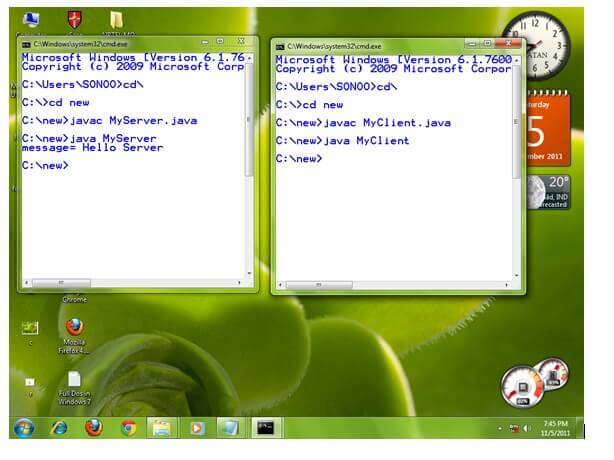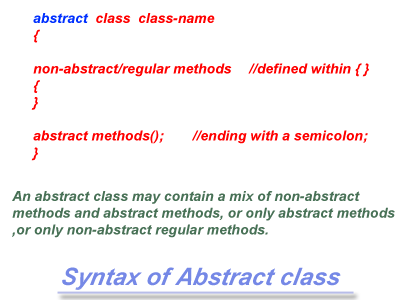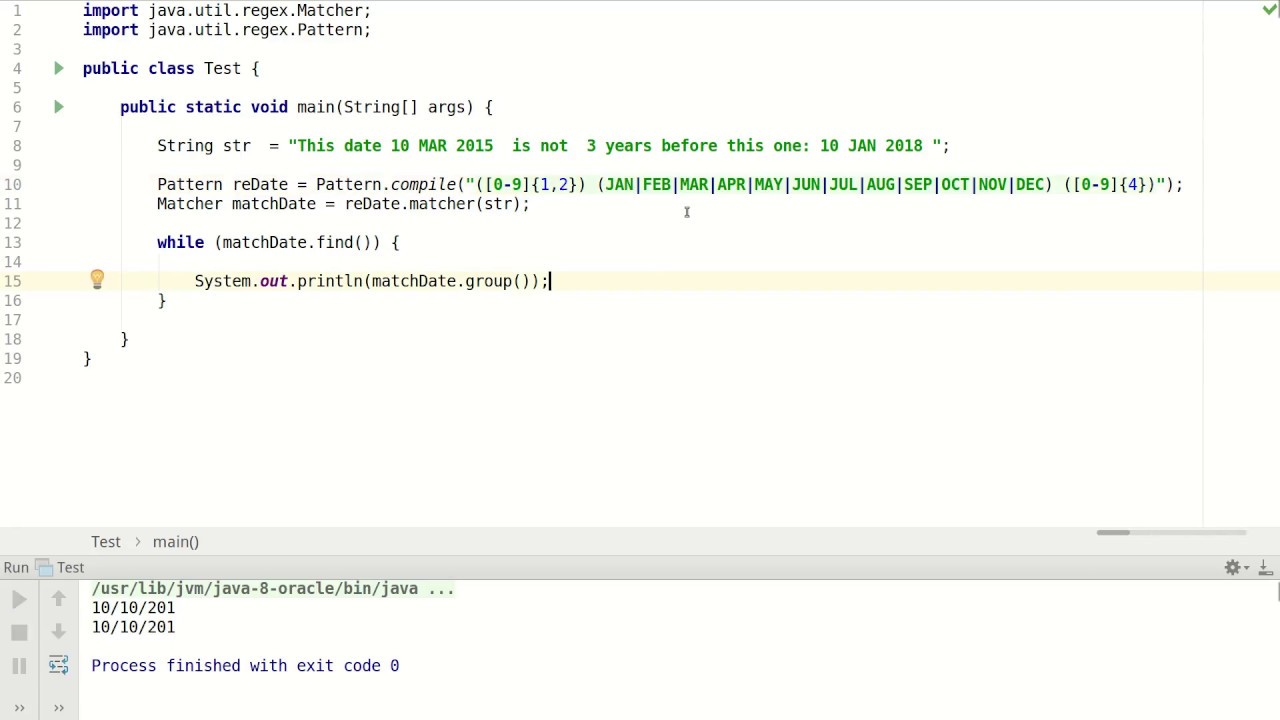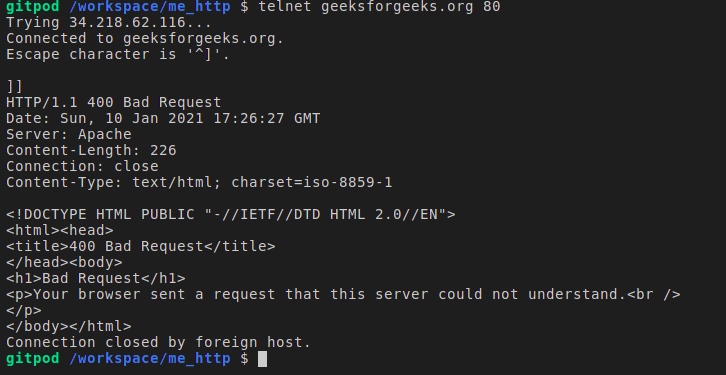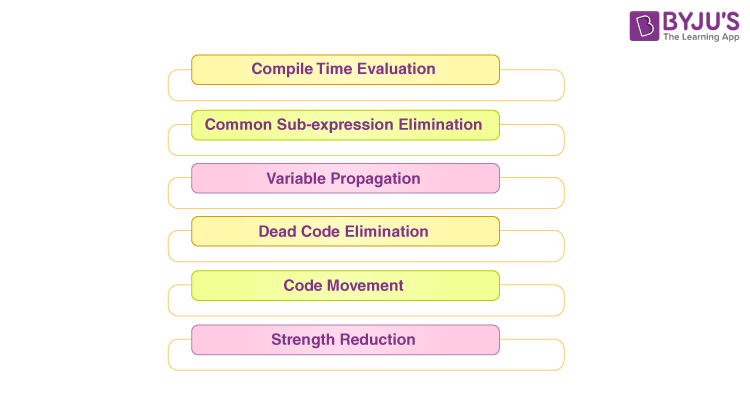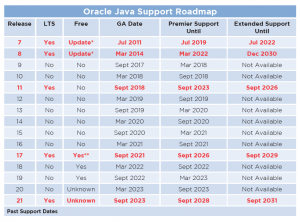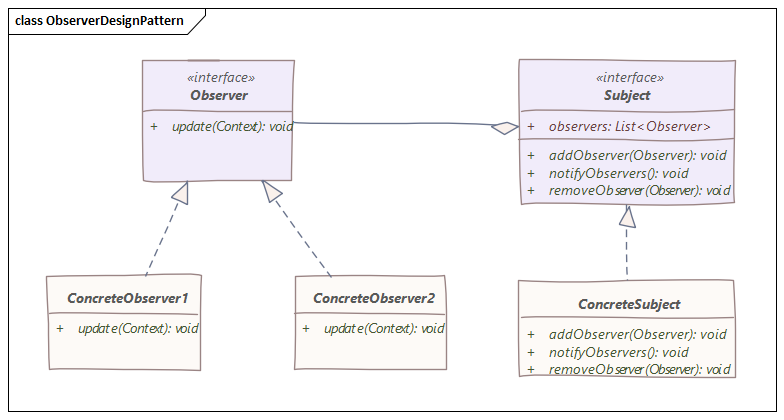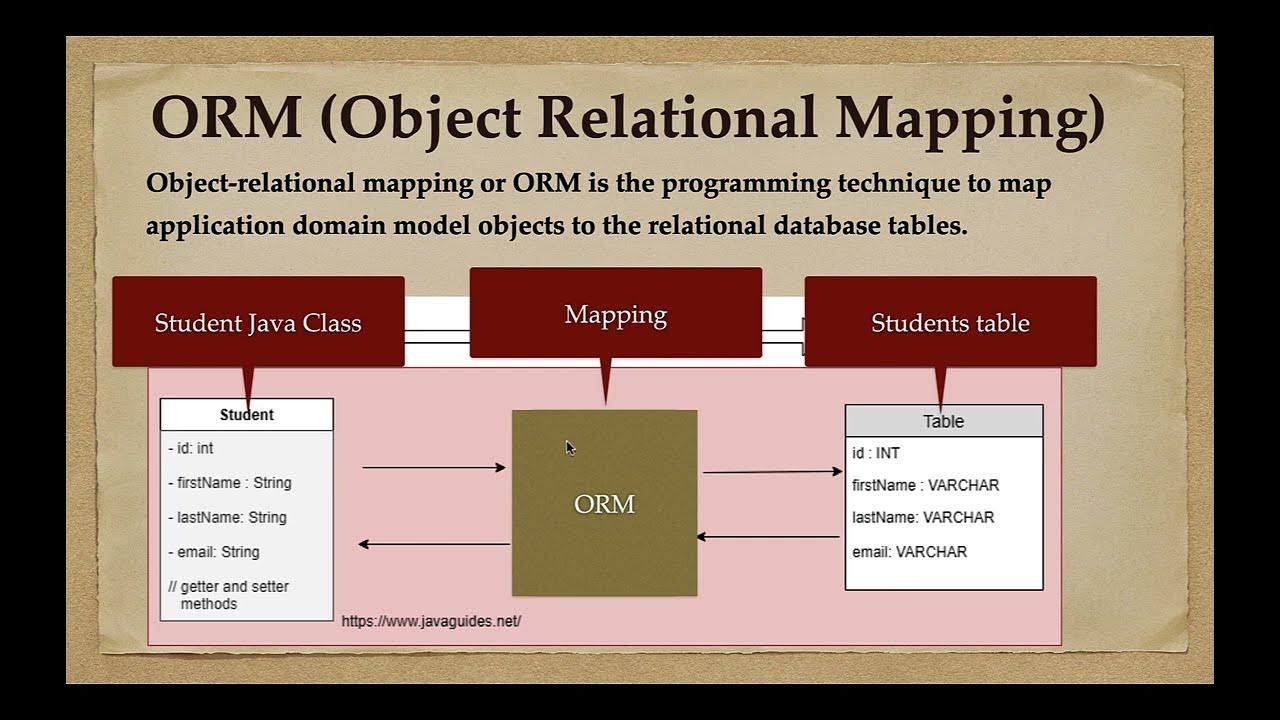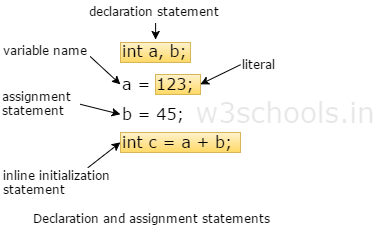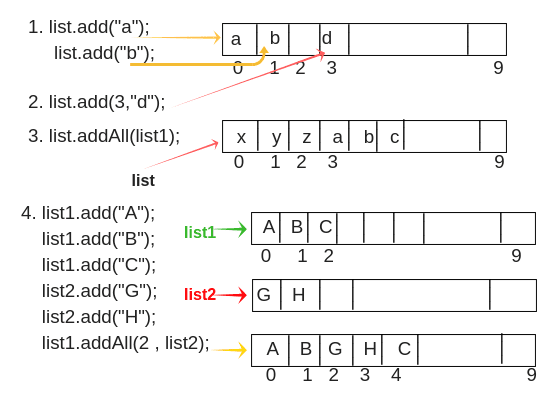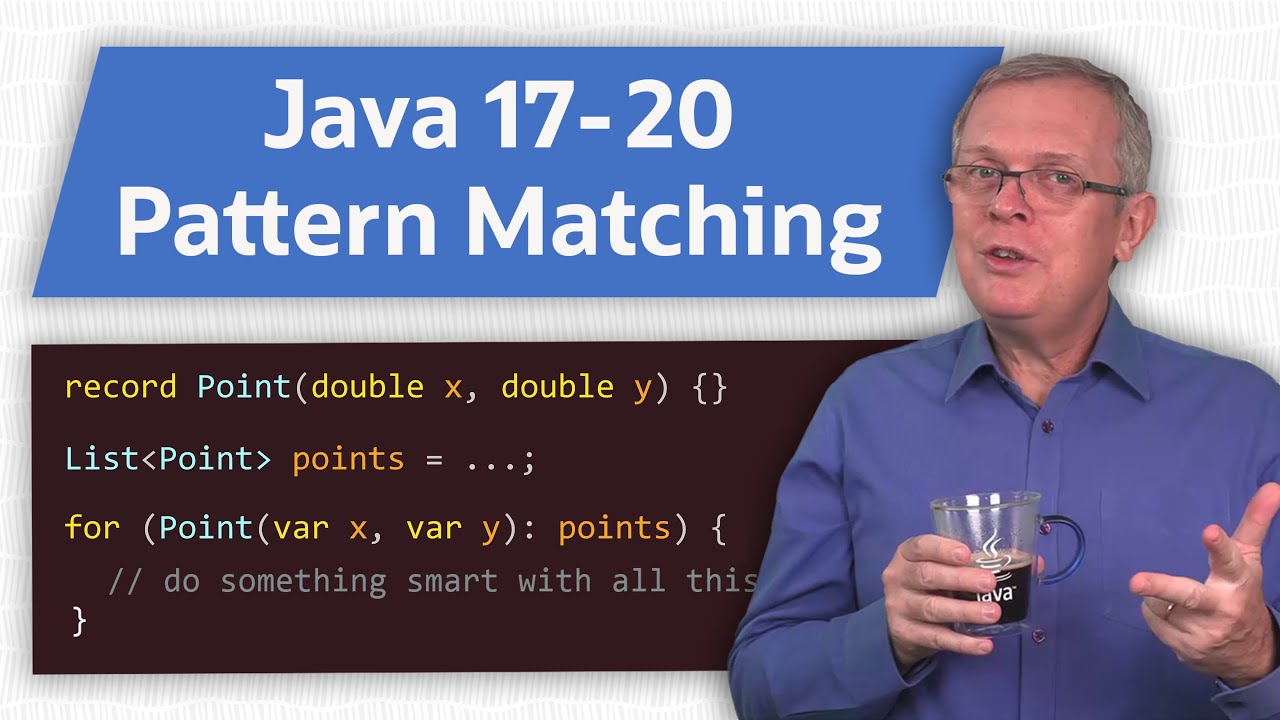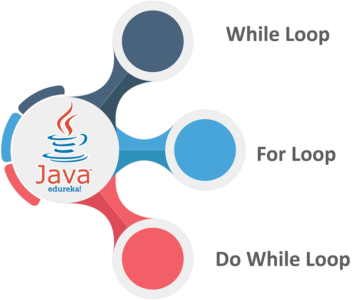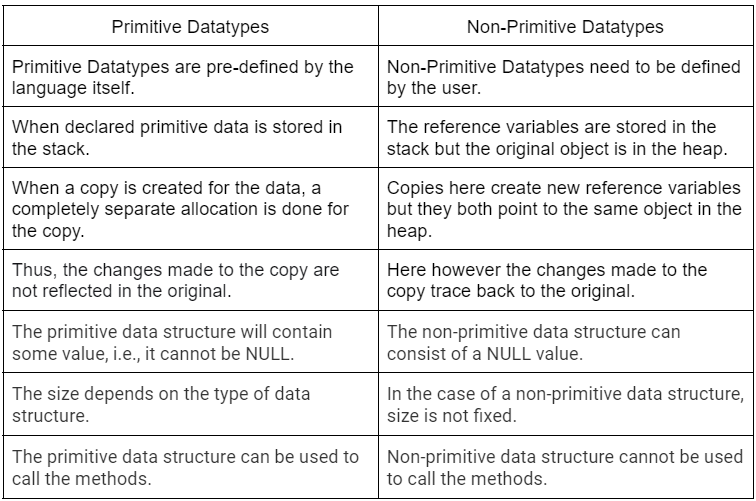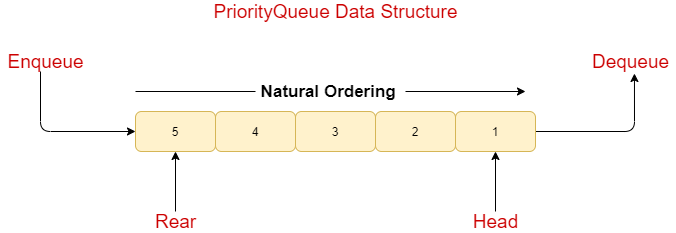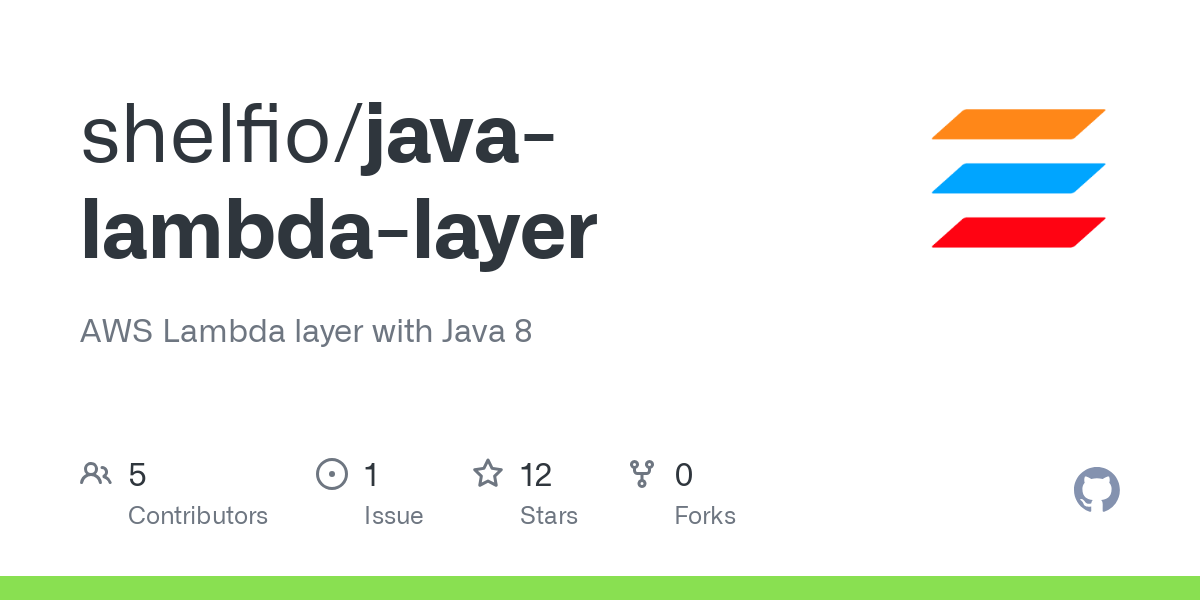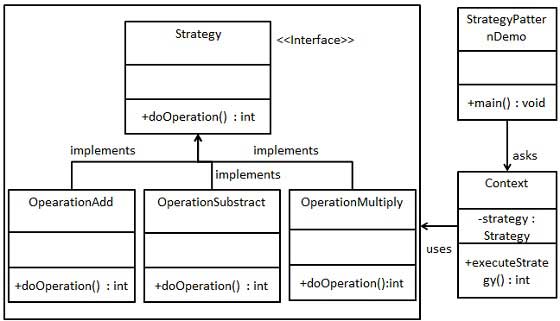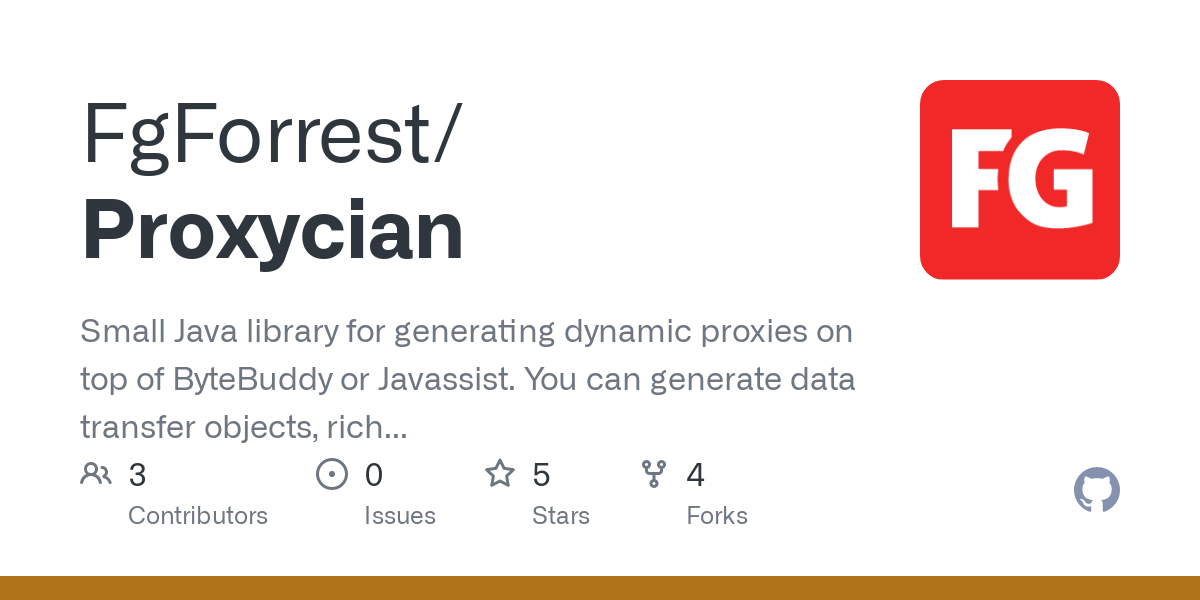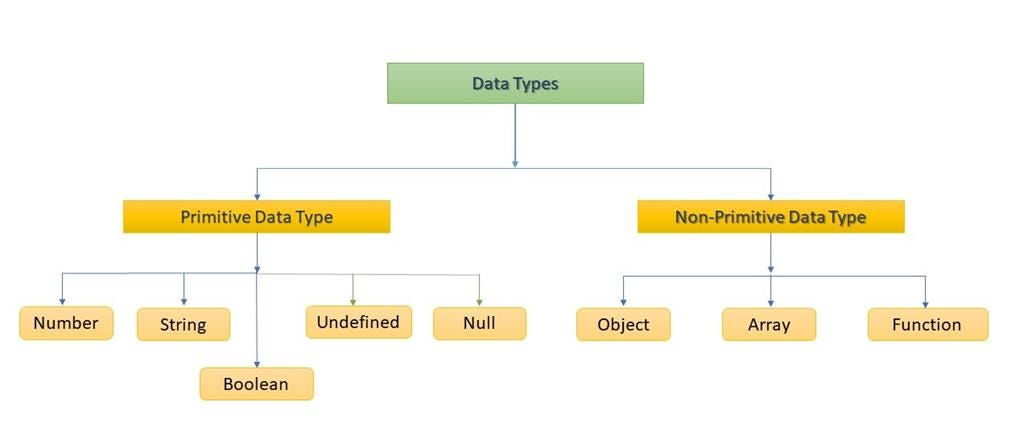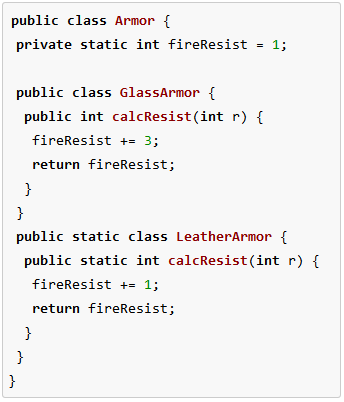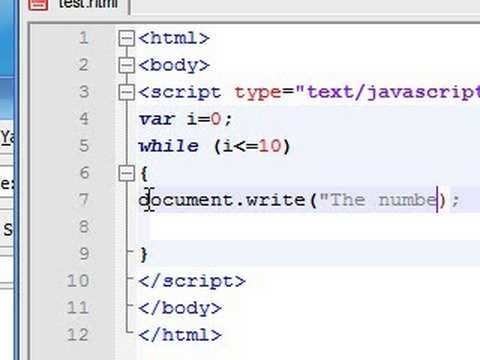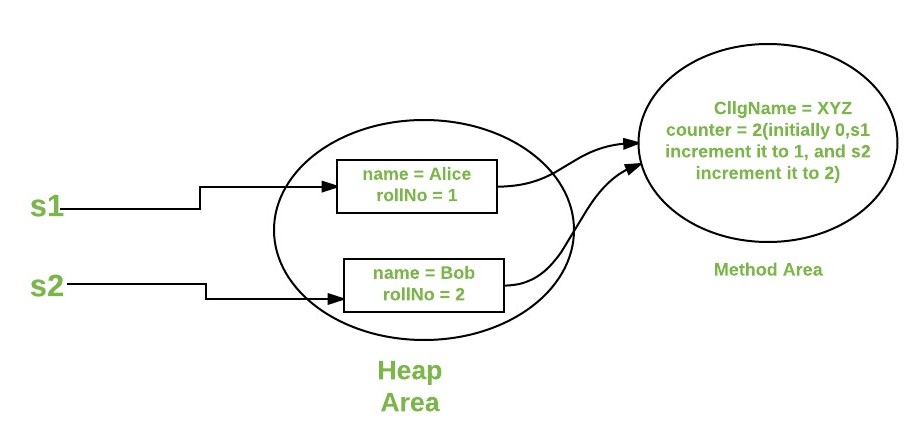java design patterns interview questions
java design patterns interview questions

Here are some common Java design pattern interview questions:
1. Creational Patterns
a) What is the Singleton Pattern? Provide an example implementation of a singleton class.
Answer: The Singleton Pattern ensures that a class has only one instance and provides a global point of access to it.
Example: `public class Logger {
private static Logger instance = null;
public static Logger getInstance() {
if (instance == null) {
instance = new Logger();
}
return instance;
}
}`
b) How do you implement the Factory Pattern? Provide an example.
Answer: The Factory Pattern provides an interface for creating objects in a superclass, but allows subclasses to alter the type of objects that will be created.
Example: `public abstract class AnimalFactory {
public abstract Animal createAnimal();
}
public class DogFactory extends AnimalFactory {
@Override
public Animal createAnimal() {
return new Dog();
}
}`
2. Structural Patterns
a) What is the Adapter Pattern? Provide an example of using it.
Answer: The Adapter Pattern allows two incompatible objects to work together by converting one object's interface to another.
Example: `public class AudioPlayer {
public void play(String audioType, String fileLocation) {
if (audioType.equalsIgnoreCase("mp3")) {
MP3Player player = new MP3Player();
player.play(fileLocation);
} else if (audioType.equalsIgnoreCase("wav")) {
WAVPlayer player = new WAVPlayer();
player.play(fileLocation);
}
}
}`
3. Behavioral Patterns
a) What is the Observer Pattern? Provide an example of using it.
Answer: The Observer Pattern defines a one-to-many dependency between objects so that when one object changes state, all its dependents are notified and updated automatically.
Example: `public interface Observer {
void update(String message);
}
public class WeatherStation implements Observer {
private String temperature;
public void setTemperature(String temperature) {
this.temperature = temperature;
notifyObservers();
}
@Override
public void update(String message) {
System.out.println("New weather observation: " + message);
}
}`
b) How do you implement the Command Pattern? Provide an example.
Answer: The Command Pattern encapsulates a request or an action as an object, which lets you parameterize clients with queues, logs, and other requests.
Example: `public interface Command {
void execute();
}
public class TurnOnLightCommand implements Command {
public void execute() {
System.out.println("Turning on the light...");
}
}`
c) What is the Interpreter Pattern? Provide an example of using it.
Answer: The Interpreter Pattern allows you to define a grammar for parsing and evaluating a language.
Example: `public interface Expression {
int evaluate();
}
public class TermExpression implements Expression {
@Override
public int evaluate() {
return 2;
}
}`
These are just some of the common Java design pattern interview questions. I hope this helps!
java-design-patterns github

Java Design Patterns on GitHub!
GitHub is a fantastic platform for developers to share their work, collaborate with others, and showcase their skills. In this context, Java design patterns are incredibly valuable resources that help developers write better code, increase maintainability, and enhance overall software quality.
So, what exactly are design patterns? In essence, they are reusable solutions to common problems that arise during the development process. By applying these patterns, developers can create robust, scalable, and flexible systems that meet specific requirements. Now, let's dive into some popular Java design patterns found on GitHub!
Singleton Pattern: This pattern ensures a class has only one instance, providing global access to it. A classic example is the Logger class, which can be shared across an entire application.
Example: SingletonPattern

Example: ObserverPatternJava
Factory Pattern: Provides an interface for creating objects, allowing subclasses to choose which implementation to use. This pattern helps with polymorphism and decouples the client code from concrete classes.Example: FactoryPatternJava
Decorator Pattern: Attaches additional responsibilities to an object without affecting its external interface. Decorators are ideal for logging, caching, or validation tasks.Example: DecoratorPatternJava

Example: StrategyPatternJava

Example: TemplateMethodPatternJava
Command Pattern: Encapsulates a command as an object, allowing for easy execution, undoing, and redoing of operations. This pattern is perfect for systems that require logging or auditing.Example: CommandPatternJava
These are just a few examples of Java design patterns available on GitHub. By exploring these repositories and implementing the patterns in your projects, you'll be well-equipped to tackle complex software development challenges!
Happy coding!


